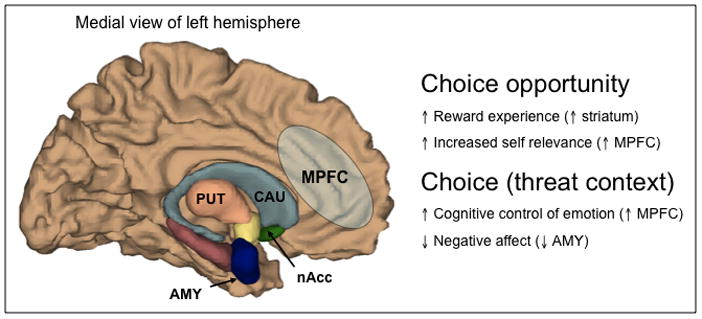Figure 3. Hypothesized Neural Circuitry for Choice.

If the opportunity to exercise control, via choice, is intrinsically rewarding, one would expect choice to recruit brain regions commonly involved in reward processing, such as the striatum, which is comprised of the caudate (CAU), putamen (PUT), and nucleus accumbens (nAcc). Other reward regions in the ventral medial prefrontal cortex (MPFC) may also be preferentially activated to reflect increased reward value under increased self relevance. In the context of potential threats, the opportunity to exercise control may recruit regions of the brain that are critical for adaptive emotion regulation, such as the MPFC, and consequently result in decreases in brain regions involved in negative emotional responses, such as the amygdala (AMY).
